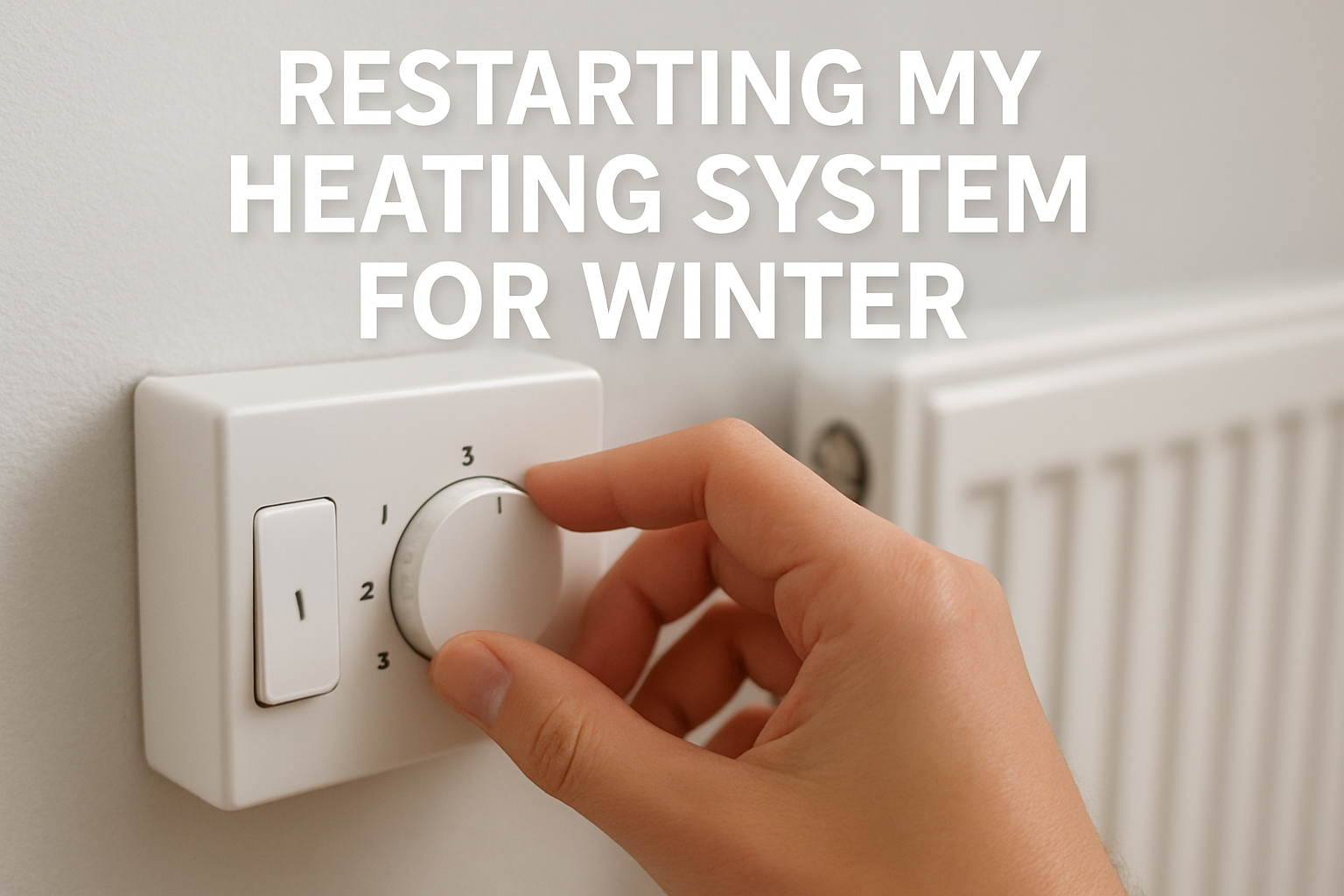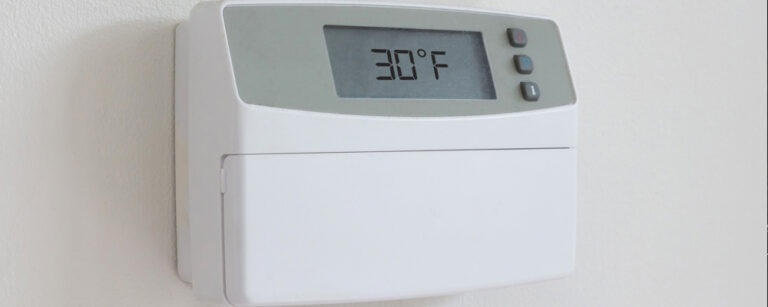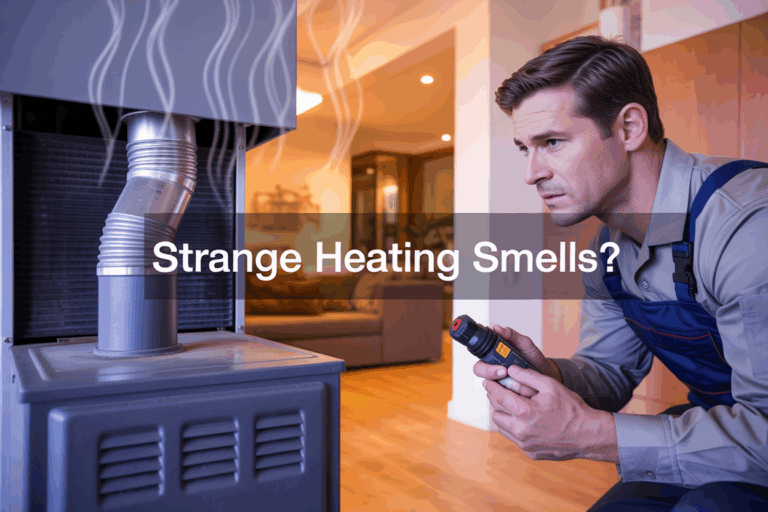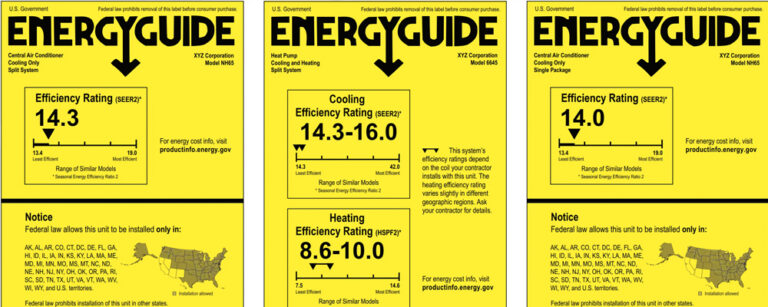Restarting My Heating System for Winter

Pre-Season Preparations: Essential Checks Before Restarting Your Heating System
Changing Your Air Filter
As winter approaches, one of the first tasks on your heating system checklist should be replacing your air filter. This simple maintenance step has significant benefits for your system’s performance and longevity.
A dirty filter is the enemy of efficiency. When clogged with dust and debris, your filter restricts airflow, forcing your furnace to work overtime to push air through the system. This not only wastes energy but also puts unnecessary strain on your heating components.
Clean filters allow heated air to distribute evenly throughout your home, ensuring consistent warmth in every room. You’ll notice improved comfort and potentially lower energy bills when your system doesn’t have to struggle against the resistance of a dirty filter.
If you have pets, you’ll need to be even more vigilant about filter changes. Pet hair and dander quickly accumulate in filters, accelerating the clogging process. Heating experts recommend monthly replacements for homes with furry friends.
Many newer furnace models won’t even operate if they detect a severely clogged filter. This safety feature prevents damage but can leave you without heat when you need it most. Don’t wait until your system refuses to start before checking your filter.
Beyond immediate comfort concerns, neglected filters lead to premature system wear. Components working harder than designed will break down sooner, potentially causing costly repairs during the coldest months.
When replacing your filter, check the frame of your current one for specifications.
 You’ll need to match both the physical dimensions and the MERV (Minimum Efficiency Reporting Value) rating. Using the wrong size or filtration level can cause performance issues or even damage your system.
You’ll need to match both the physical dimensions and the MERV (Minimum Efficiency Reporting Value) rating. Using the wrong size or filtration level can cause performance issues or even damage your system.
Thermostat Settings and Functionality
Your thermostat serves as the command center for your heating system, so ensuring it’s properly set up is crucial. First, verify it’s switched to “heat” mode instead of “cool” or “off” from the summer months.
For winter comfort and energy efficiency, heating professionals suggest setting your thermostat to 68°F. Each degree higher can increase your heating costs by approximately 3%.
If you have a programmable or smart thermostat, you might need to reset it before the heating season. This typically involves accessing settings through the device’s touchscreen or companion app. After resetting, take time to program your preferred temperature schedule—perhaps warmer when you’re home and cooler when you’re away or sleeping.
Smart thermostats require reconnection to your home’s Wi-Fi network to ensure they receive important software updates and function properly. These updates often include efficiency improvements and new features.
Battery-operated thermostats deserve special attention. Low batteries can prevent proper communication with your furnace, leading to heating failures. Replace batteries annually as part of your winter preparation routine.
For hardwired thermostats, inspect the wiring for signs of damage or fraying. Compromised wires can cause system failures or even pose fire risks. If you spot any issues, consider calling a professional to safely replace the damaged components.
Cleaning and Inspecting Furnace Components
Your furnace has been dormant during the warmer months, likely collecting dust and debris. Before restarting, take time to clean critical components.
Start with the burners, which can accumulate dust during the off-season. Dirty burners can cause ignition problems and produce unpleasant burning smells when you first restart your system. They may also burn less efficiently, wasting fuel and money.
While cleaning, inspect burners for signs of rust or misalignment. These issues can affect flame quality and heating efficiency. Rusty components may need replacement before the heating season begins.
The blower compartment requires special attention. This assembly—including the motor, squirrel cage, and fan—needs proper lubrication to operate smoothly. Apply manufacturer-recommended oil to appropriate ports to prevent friction and unnecessary wear.
Listen carefully when you first restart your system. A properly maintained furnace should operate relatively quietly. Strange noises like grinding, squealing, or banging suggest mechanical problems that require professional attention.
Don’t forget to check your chimney and vents. During summer, small animals may build nests in these spaces, creating dangerous blockages. Clear any obstructions to prevent carbon monoxide buildup and ensure proper exhaust flow.
Unblocking Heating Vents
During warmer months, heating vents are often covered or blocked by furniture rearrangements. Before winter arrives, conduct a thorough check of all vents in your home.
Remove any covers you might have placed over vents during summer. These temporary covers prevent cool air loss but will now block essential warm air circulation.
Rearrange furniture that might be blocking vents. Items like sofas, beds, and bookshelves can significantly restrict airflow when positioned over or directly in front of vents. Ideally, vents should have at least 10 inches of clearance.
Blocked vents don’t just create cold spots in your home—they force your heating system to work harder, potentially increasing wear on components and raising your energy bills.
Take time to clean your vents as well.
 Use a vacuum with a brush attachment to remove dust buildup from vent covers. For deeper cleaning, you might consider removing vent covers and vacuuming inside the ducts as far as your vacuum can reach. Clean vents contribute significantly to better indoor air quality during winter months when windows remain closed.
Use a vacuum with a brush attachment to remove dust buildup from vent covers. For deeper cleaning, you might consider removing vent covers and vacuuming inside the ducts as far as your vacuum can reach. Clean vents contribute significantly to better indoor air quality during winter months when windows remain closed.
Restarting and Troubleshooting Your Heating System
Step-by-Step Restart Procedure for Furnaces
After months of inactivity, your furnace needs a proper restart to function efficiently. Follow these safety steps to bring your heating system back to life:

First, locate the power switch on your furnace—typically a red switch that looks like a light switch mounted on or near the unit. Flip this to the ‘OFF’ position. This initial step prevents electrical accidents during the restart process.
Next, find your home’s circuit breaker panel and identify the switch labeled for your heating system. Turn this breaker to the ‘OFF’ position as well. This double power-off approach ensures complete power disconnection before proceeding.
Safety warning: Never handle the circuit breaker with wet hands, as water conducts electricity and could result in a dangerous shock. If you notice any burning smell or see signs of damage around the breaker panel (like scorch marks or melted plastic), stop immediately and contact an electrician for emergency service.
Let the system remain off for about 15 minutes. This waiting period allows any residual electricity to dissipate and gives internal components time to reset.
When you’re ready to restart, reverse the process: first flip the circuit breaker back to ‘ON,’ then return to the furnace and turn its power switch back to the ‘ON’ position.
For older natural gas furnaces with standing pilot lights, you might need to relight the pilot following the winter shutdown. This process can be tricky and potentially dangerous, so it’s best to call a heating professional who can safely handle older systems.
Resetting Your Furnace or Heat Pump
If your furnace doesn’t respond after the basic restart procedure, you may need to perform a more specific reset. Look for the power switch on the exterior of the metal cabinet that houses the blower unit. Turn it off, wait 2-3 minutes for a complete electrical reset, then switch it back on.
Newer furnace models often include a dedicated reset button—usually colored yellow or red for visibility—located within the blower compartment. Before attempting to access this button, make sure you’ve turned off all power to the unit. Press the reset button once (not repeatedly), then restore power to see if the system starts up.
Pay attention to the reset button’s behavior after power restoration. If it pops back up on its own, your furnace is detecting a safety issue that requires professional diagnosis and repair.
Heat pump systems may have reset buttons on both indoor and outdoor units. Check your owner’s manual to locate these buttons. Remember to turn off all power before attempting any reset procedure on either component. If your heat pump’s power switch keeps flipping back to ‘OFF’ during startup attempts, call an HVAC technician immediately—this could indicate serious problems like refrigerant leaks or motor issues.
Circuit Breaker Reset for Heating Systems
When simpler reset methods fail, try a full circuit breaker reset. First, turn off your heating system’s power switch. Then head to your breaker panel and locate all breakers associated with your heating system.
Heat pumps typically use two separate breakers—one for the indoor air handler and another for the outdoor unit. Switch both breakers to the ‘OFF’ position, wait 1-2 minutes to ensure complete power discharge, then flip them back to ‘ON.’
Return to your heating unit and turn its power switch back on. Be patient—the system might take a minute or two to complete its startup sequence. If your unit attempts to start but immediately trips a breaker, contact a professional for inspection. This behavior indicates a potential electrical fault that needs expert attention.
When to Call a Professional
While DIY troubleshooting can solve many common heating issues, certain situations warrant professional help:

If you feel uncomfortable performing any reset procedures yourself, don’t hesitate to schedule a professional inspection. A technician can safely check your system and ensure everything is working properly before the cold weather hits.
When a reset button immediately trips again after you’ve restored power, your furnace is detecting a safety concern. This requires professional diagnosis—continuing to reset the system could create dangerous conditions.
For heat pumps that won’t stay powered on, contact an HVAC service technician promptly. These symptoms often indicate serious problems like refrigerant leaks or capacitor failures that need expert repair.
Older gas furnaces with pilot lights should be handled by professionals who understand the safety requirements for working with gas appliances. Improper relighting attempts can create gas leak hazards.
If you’ve tried all the recommended reset procedures and your system still won’t function, it’s time for professional troubleshooting. The issue may involve internal components that require specialized tools and expertise to address.
Share Your New Knowledge
Why Choose Us?
- EPA Section 608 Certified: Type I, Type II, Type III, Universal
- NJ Master HVAC Contractor License
- R410A Safety Certified
- Over 15 Years of Experience
- Professional & Reliable
- Satisfaction Guaranteed



